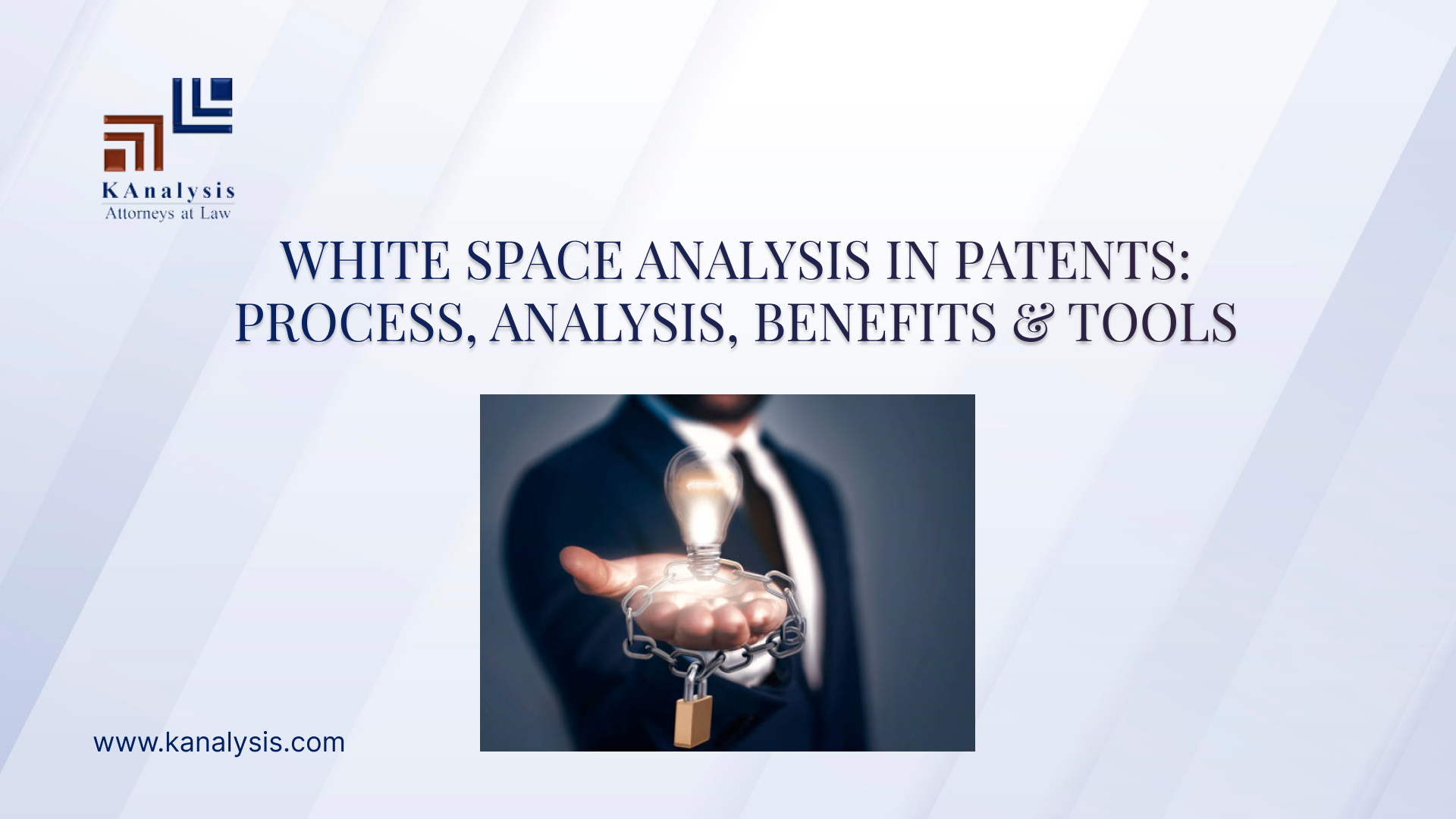Filing of a Convention application or a PCT national phase does not end the work, rather kick-starts a lengthy patent prosecution process that could be time consuming and Costly.
For filing there have always been two options, namely:
- Go with a Traditional Big Law Firm
- Engage a web based service that does the filing
Each having their own advantages and drawbacks, but there existed a need for a cost-effective platform that could harness the power of automation technologies along with the benefits of specialized Patent Attorney advice.
I had previously discussed about the exorbitant pricing for straightforward filings (here) (here), but on the other had there are some serious lapses in filing with web services. There are many procedural inaccuracies that some of our clients have reported which can be detrimental to the IP in question.
Now, let us come to the moot question regarding the next steps: whenever, a web based service is approached they try liaising with an agent to complete the filing process. There is no concern about the quality or further hurdles that an application might face, that reflects the dismal grant rate in India.
With these objectives in mind KAnalysis has launched, KA Filing comprising several top-notch Patent Attorneys, Patent Agents, Trademark Experts, Experienced Draftsmen, Paralegals and in-house investigators. This would not only ensure in cutting cost through process automation but provide all the benefits of hiring a qualified legal team that enhances protection any IP. We just don’t file your application but help you get around the roadblocks and make sure you don’t lose your precious IP.
What happens after you file a Patent??
For people from Non-IP background, it is essential to understand the process through which an application goes through till grant and beyond.
Once an application is filed, the process towards registration or grant gets started.
The Patent and Trademark Office (PTO) reviews the documents and determine whether the invention/trademark is allowable. This review process starts at a time depending on the load at their end and can sometimes even take more than a couple of years to start for Patents.
Upon review, the PTO might raise objection based on certain documents that in their view are too similar. However, this is not the end of the road but, an offer from the PTO to describe how the invention/trademark varies from the other referenced documents.
This can be overcome through meticulous argument preparation to clearly outline the differences and/or change certain portions to establish differences. The PTO might accept or reject the argument, or request further clarification.
Sometimes, this can be corrected by filing an amendment document that demonstrates why the patent is different. The Patent Office may accept or reject the argument, or request further clarification. Upon subsequent objections the process is repeated to satisfy the PTO for grant/registration of the IP. The aim here is to find the right mix of phrasing and language to showcase the distinctiveness of your IP and why it actually is allowable, and not to give up.
This requires an experienced support and the team at KA Filing is equipped to help inventors sail through the perplexing and sometimes exasperating grant/registration process in a cost-effective manner.



